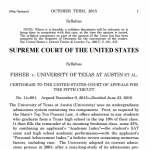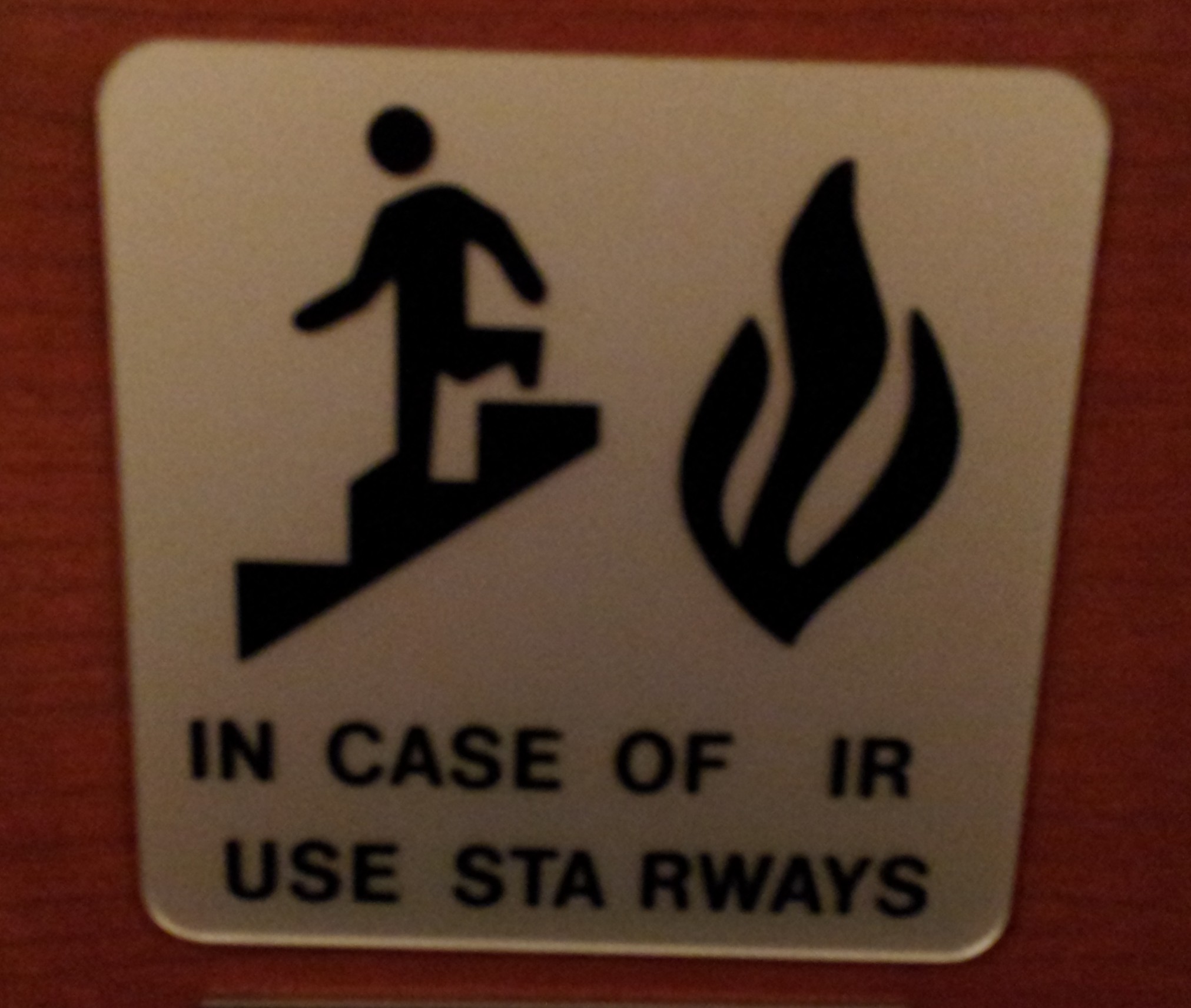Anyone who is not yet convinced about  the importance of a strong institutional research office in supporting planning, assessment, and decision-making at colleges and universities today needs only to read Justice Anthony M. Kennedy’s 2016 opinion in the Fisher case on race-conscious admissions to understand:
the importance of a strong institutional research office in supporting planning, assessment, and decision-making at colleges and universities today needs only to read Justice Anthony M. Kennedy’s 2016 opinion in the Fisher case on race-conscious admissions to understand:
“The University now has at its disposal valuable data about the manner in which different approaches to admissions may foster diversity or instead dilute it. The University must continue to use this data to scrutinize the fairness of its admissions program; to assess whether changing demographics have undermined the need for a race-conscious policy; and to identify the effects, both positive and negative, of the affirmative-action measures it deems necessary.”
Our profession has evolved over the past 50 years, from a handful of data wonks focused primarily on responding to external agencies’ fledgling efforts to understand the increasingly complex higher education landscape, to internally focused analytic teams, indispensable to institutional decision-making.
An effective IR office uses its data infrastructure to provide basic institutional information to internal and external audiences, and then builds on that essential foundation, leveraging its expertise and perspective to provide meaningful research and analytics that illuminates what is and isn’t working, the results of new initiatives to support students, general educational outcomes, and future directions that may be promising. To fully support its institution the IR office must go beyond providing reports on topics that faculty and managers are interested in hearing about, and educate about what they ought to know – whether or not it is what they want to hear. This is essential for evidence-based decision-making, differentiating effective institution from the rest.





